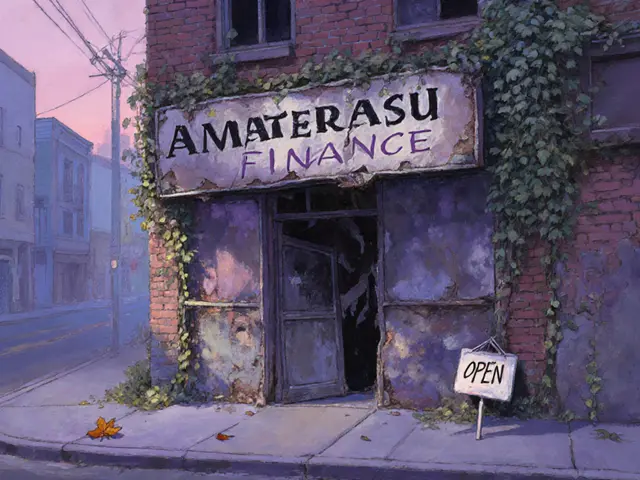Cryptocurrency Power Usage: How Much Energy Do Blockchain Networks Really Consume?
When you hear cryptocurrency power usage, the total electricity consumed by blockchain networks to process transactions and secure the network. Also known as blockchain energy consumption, it’s the hidden cost behind every Bitcoin transfer, Ethereum swap, or NFT mint. It’s not just a tech issue—it’s a real-world problem. Bitcoin alone uses more electricity than most countries. The question isn’t whether it’s a lot—it’s whether it’s necessary.
Not all blockchains are the same. Proof of work, the original consensus method used by Bitcoin and early Ethereum, requires miners to solve complex math puzzles using powerful hardware. Also known as crypto mining, this method is energy-heavy because it relies on brute computational force. That’s why Bitcoin’s annual power draw is estimated at over 120 terawatt-hours—roughly the same as Argentina. But then there’s proof of stake, a newer system where validators are chosen based on how much crypto they lock up, not how much electricity they burn. Also known as PoS, it cuts energy use by over 99% compared to mining. Ethereum switched to proof of stake in 2022 and slashed its power use overnight. Now, networks like Solana, Cardano, and Polygon run on almost no electricity at all.
So why does it still matter? Because people still mine Bitcoin. Because new tokens keep popping up using outdated tech. Because regulators are watching. Countries like China banned mining outright. The EU is pushing for crypto transparency. Even in the U.S., some states are starting to question whether crypto mining should be allowed near power grids already under stress. The truth? The era of energy-hungry blockchains is ending—not because of fear, but because better options exist.
What you’ll find below isn’t theory. It’s real analysis. You’ll see how much power Bitcoin actually uses, how some tokens claim to be green while still relying on old systems, and why the shift to proof of stake isn’t just a trend—it’s the only path forward. These aren’t abstract debates. They’re decisions that affect your wallet, your planet, and the future of crypto itself.

Iceland once led the world in crypto mining thanks to renewable energy and low costs. By 2025, its grid is full, new mining is blocked, and the government is shifting focus to cleaner, less power-hungry tech. Mining survives - but won't grow.
Jonathan Jennings Oct 11, 2025




